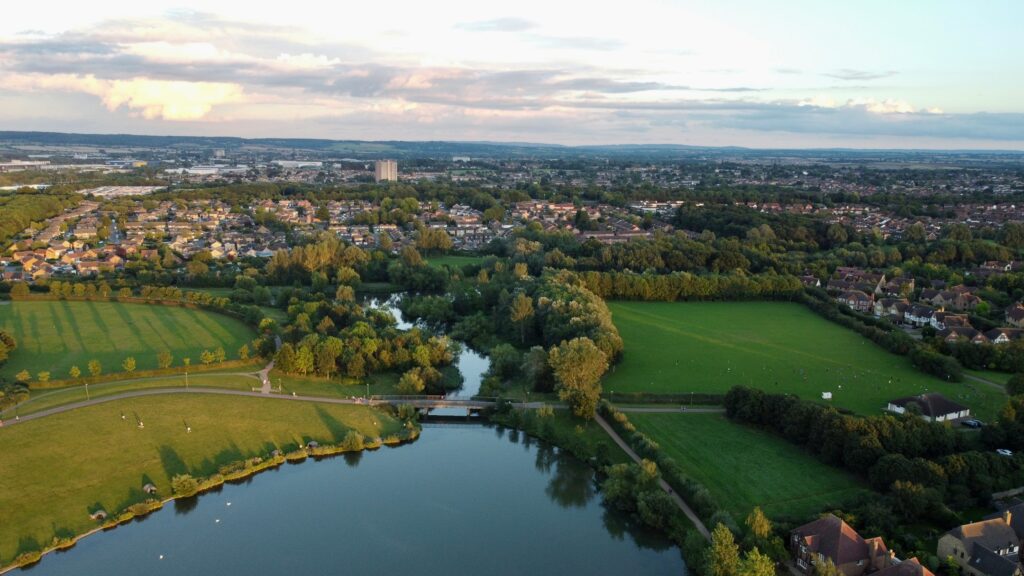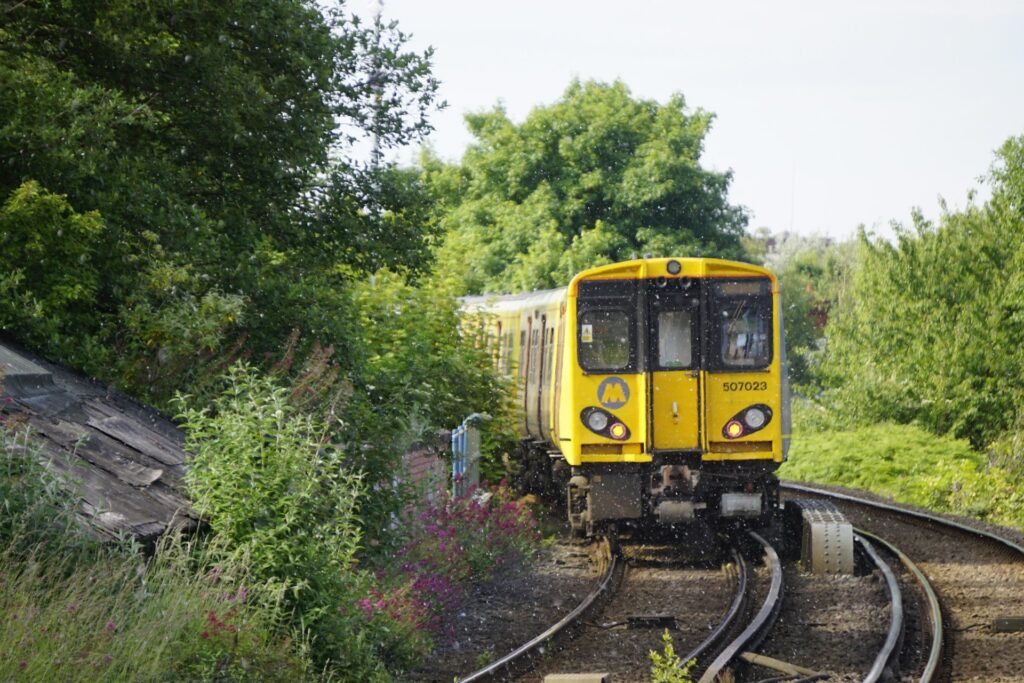This essay uses the vignette of the railway station to demonstrate how space and society are co-produced: I first discuss the various spatial properties of the railway station, before exploring how the station shapes (and is shaped by) the city, our perception of time, and our sense of place and community.
This essay was written by David Frankal as part of his Geography (BA) course at Durham University, for the core ‘Human Geography’ module. The assignment was to discuss Nigel Thrift’s assertion that space and society are co-produced, rather than space being an inert backdrop to society, using an empirical case study. The essay was awarded a mark of 94%.
Thrift (2009) describes space as “the fundamental stuff of geography”, yet it is difficult to define. Whilst outlining four ‘types’ of space – ‘Empirical Constructions’, ‘Flow Space’, ‘Image Space’ and ‘Place Space’ – he argues these cannot truly be separated from each other. Thrift (ibid: Pg 86) argues against the idea of “pre-existing space in which things are passively embedded, like flies trapped in a web of co-ordinates”. Similarly, Massey (2005: Pg 33) argues that “space does not exist prior to identities/entities and their relations”. Both instead argue for a nuanced understanding of space, in which space and human activity are co-produced: Thrift (2009) phrases this as a move from an ‘absolute’ to a ‘relational’ view of space, whilst Massey (2005) asserts that space is fundamentally the product of interrelations and multiplicity, and something which is always in process and never complete. Building on the work of Thrift and Massey, this essay will use the vignette of the railway station to demonstrate how space and society are co-produced: I will first discuss the various spatial properties of the railway station, before exploring how the station shapes (and is shaped by) the city, our perception of time, and our sense of place and community.
The railway station is a space acting as an interface between a network (the railway) and a territory (the city) (Lévy 2011). It acts as a gateway to the city (Ye-Kyeong & Hye-Jin 2015), regionally, nationally and internationally (Bán 2006 – Figure 1), as well an urban landmark, capturing the imagination of the French writer Gaultier (quoted in Bissell 2009: Pg 174), who called stations “cathedrals of the new humanity”. The station neatly fits three of Thrift’s (2009) definitions of space: ‘Empirical Constructions’ (the physical structure of the station), ‘Flow Space’ (the flows of trains and passengers through the station) and ‘Place Space’ (the locale of the station). The station is a product of the interrelations (Massey 2005) between different modes of transport and different people making different journeys (or no journey at all) – or as Edwards (1997: quoted in Bissell 2009: Pg 6) puts it: where “tourists, commuters, salesmen, retailers, trainspotters and the homeless converge”. Without the trains, or indeed without the passengers, the ‘Flow Space’ (Thrift 2009) of the railway station ceases to be, leaving behind the empty structure (the ‘Empirical Construction’ – ibid) which might be left derelict or preserved and repurposed (such as Manchester Central or Paris Gare D’Orsay – Figures 2 & 3) (Erdogan & Erdogan 2013). Bertolini (1996) identifies two spatial definitions of the railway station: as a node (transport interchange) and as a place. The physical space of the station is often shared, with major stations such as Berlin Hbf doubling as shopping centres (Figure 4) (Bertolini 1996; Bissell 2009; Peters 2010), and the space above stations and tracks often being developed as office space (such as the Broadgate complex over London Liverpool Street – Figure 5) (Bissell 2009; Wilde 2002, Ye-Kyeong & Hye-Jin 2015). Space and mobility within the railway station are experienced unequally, differentiated by class (those who can afford ‘first class’ gain access to exclusive spaces) and particularly disability (Bán 2006; Bissell 2009). Bissell (2009) discusses how the space of the station transforms the shape and nature of ‘encumbrances’ such as luggage or bicycles, and how, conversely, ‘encumbrances’ and disability transform the shape of the station for passengers. The railway station is therefore a complex space; it needs to be understood both as a node and a place (Bertolini 1996) that is experienced unevenly (Bissell 2009) in order to understand how it shapes (and is shaped by) human activity.
Stations & Cities
Railway stations are shaped by the markets they serve (Zemp et al 2001). Passenger frequency is a common metric used to classify stations, though other contextual factors (such as proportion of regular commuters, proportion of tourists and connections) are also key to understanding how stations are used, and therefore how they should be designed; commuters who are familiar with the system look for a streamlined design, whilst infrequent passengers, often carrying luggage, may require more signage, assistance and facilities to help them (ibid). Early railways, especially those in Britain built by competing private companies, viewed the city as a market to serve but gave little consideration to the place of the station itself in the city (Bán 2007, Gregory & Henneberg 2010). In contrast, modern projects have a far greater focus on the wider urban context, with new stations often forming a key part of urban regeneration – Berlin Hbf, for instance, was a key part of the city’s reunification after the fall of the Berlin Wall (Figures 6 & 7) (Peters 2010). The railway station not only serves, provides access to and is shaped by the city; it transforms the city itself. The growth of railways in the 19th century led to the growth of cities by expanding their trade and economies (Bán 2007; Gregory & Henneberg 2010; Ye-Kyeong & Hye-Jin 2015). Stations built at the edges of cities have since become central as the city grew around them, firmly embedding the station within the fabric of the city (Bissell 2009; Wilde 2002). New stations, especially with high speed and international connectivity, can spur urban regeneration projects, such as ‘Euralille’, built around the new Lille-Europe station in Lille, France (Figure 8) (Bertolini 1996; Bertolini & Spit 1998), thus blurring the line between the city shaping the station and the station shaping the city. Throughout history, therefore, the railway station has never been a passive space serving the city; the needs of the city shape the railway station while the railway station fundamentally transforms the city.
Space & Time
Thrift and Massey both seek to highlight the dynamic nature of space, arguing that “every space is in constant motion; there is no static and stabilised space” (Thrift 2006: Pg 141) and that space is “always in process [and] never a closed system” (Massey 2005: Pg 35). Perhaps no space illustrates this as well as the railway station, where the constant movement of trains pulling into and out of platforms and passengers boarding, alighting and walking (or running) around provides a unique visualisation of Thrift’s (2009) ‘Flow Space’, a space that is created by movements and networks. The railway station is a continuously unfinished space, its work never complete, constantly rearranged and reconstructed, both within each day (Revill 2013) and over longer timescales as the station is rebuilt or expanded (eg London Euston – Grimshaw 2015) (Figure 9). The railway is a system ruled by time, with trains running to a (theoretically) precise timetable and passengers (especially commuters) ebbing and flowing with the daily peaks (Revill 2013). Both the operators and the passengers are thus constantly subject to a strict time discipline (ibid), with a constant eye on the all-important station clock (Bán 2006). Shops and amenities in the station are specially designed to cater for passengers in a rush (Bissell 2009). The regularity and rhythm of railway life makes unexpected interruptions all the more noticeable, with disruptions (such as train delays) eliciting responses ranging from mild annoyance to even a full-scale riot (as occurred in Argentina in 2007) (Revill 2013). The railway station therefore influences human behaviour according to time. The railway has changed our perception of time in other ways, too; by bringing distant places closer together, it has contributed to ‘time-space compression’ (Massey 1991), or, as Marx (quoted in Massey 1991) puts it, the ‘annihilation of space by time’. Looking back into history, the growth of the railway was itself instrumental in the widespread adoption of standard time zones – as railway timetables in the UK set to ‘London’ time caused confusion in other cities and towns using their own local solar time (Zerubavel 1982). The railway station is therefore a space that is both shaped by time and a space which fundamentally shapes its users’ (and wider society’s) relationship with time.
Place & Community
Returning to Bertolini’s (1998) assertion that the station is a place (as well as a node), the station’s relationship with society extends well beyond its role as a transport hub. The station fits Thrift’s (2009) notion of ‘Place Space’ and Massey’s (1991) notion of ‘global sense of place’, in being defined and produced by its relationship with the outside world (both the immediate neighbourhood and the distant destinations one can reach by train). Cresswell (2011) suggests that daily routines, such as commutes, make place what it is – a constellation or assemblage of practices and meanings (Cresswell 2011; Massey 1991). Despite a degree of class separation (through first-class tickets and facilities) (Bán 2006), the station is a social melting pot (Revill 2013) and a microcosm of urban life (Bissell 2009). In its dual purpose as a node and a place (Bertolini 1998), the station becomes a meeting place between travellers and non-travellers (Bán 2006). Alexander & Hamilton (2015) study how local stations in Scotland are being ‘adopted’ by local community groups and transformed into communal spaces. These schemes include preserving railway heritage, maintaining flowers and collaboration with local primary schools to display children’s art (Figure 10). These schemes upend the ‘placenessness’ of railway stations by establishing a sense of local ownership and pride, re-establishing the station as a key part of the local community and simultaneously transforming the station into a ‘shop window’ for local towns for passing trains (ibid). The station is therefore both transformed by social forces (such as local communities) and also a creator of community itself, by bringing together individual people with an interest in preserving or improving local stations. The railway station, far from being an inert background, thus shapes our sense of place and community.
Conclusion
The railway station is the perfect illustration of Thrift’s (2009) and Massey’s (2005) arguments against a view of space as a passive or inert background to human activity. The station is both a place and a node (Bertolini 1996), an ‘Empirical Construction’, a ‘Flow Space’ and a ‘Place Space’ (Thrift 2009). It is complex space, a transport hub, a shopping centre, and a centre of community. It is experienced differently by different people, transforming the shape of ‘encumbrances’ such as luggage, whilst luggage and disability transform the shape of the station (Bissell 2009). Station design is shaped by its urban context (such as the case of Berlin Hbf – Peters 2010), whilst the station itself also fundamentally alters the city, both historically as industrial cities grew around stations (Gregory & Henneberg 2010) and in modern-day regeneration projects, such as ‘Eurallile’ (Bertolini 1996). The railway station is a space ruled strictly by time (Revill 2013), but has also shaped our perception of time, both as users of the station and more widely through the adoption of standard time zones (Zerubavel 1982). Finally, the railway station is both shaped by and shapes social forces, local communities and our sense of place. In each of these examples, the space of the station and human activity are co-produced: The railway station both shapes and is shaped by human society.
Figures

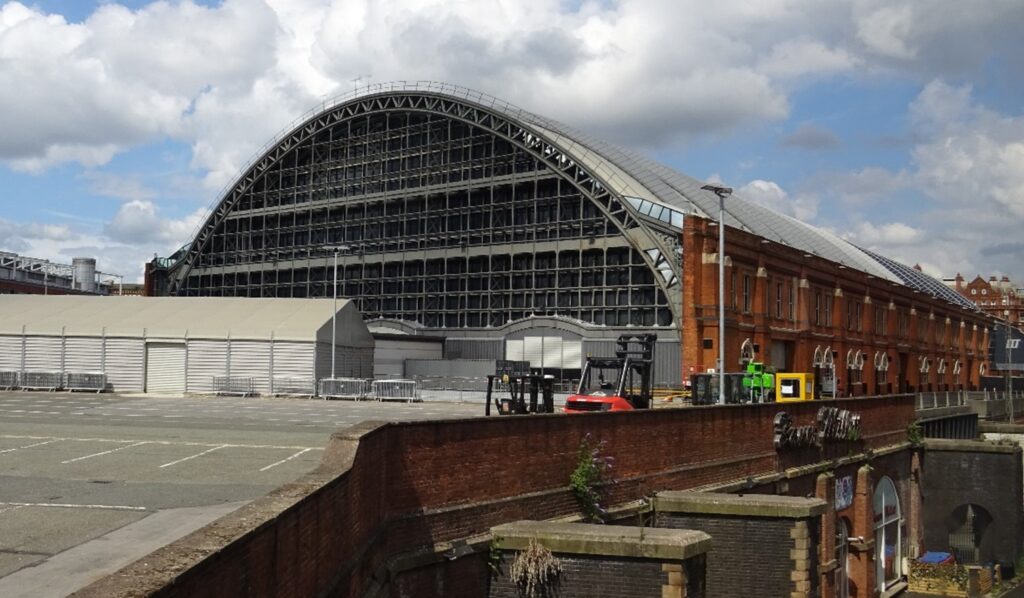
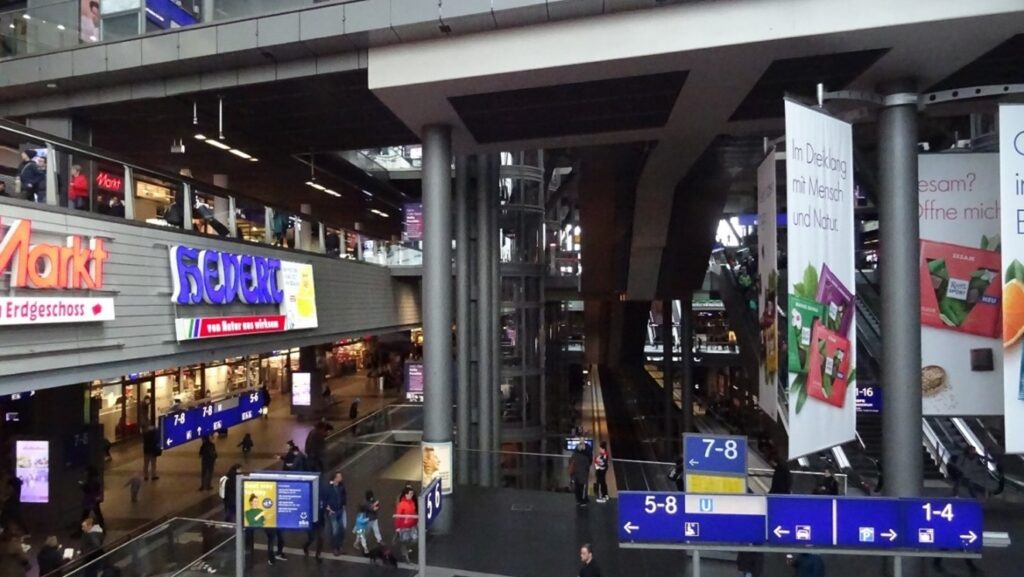
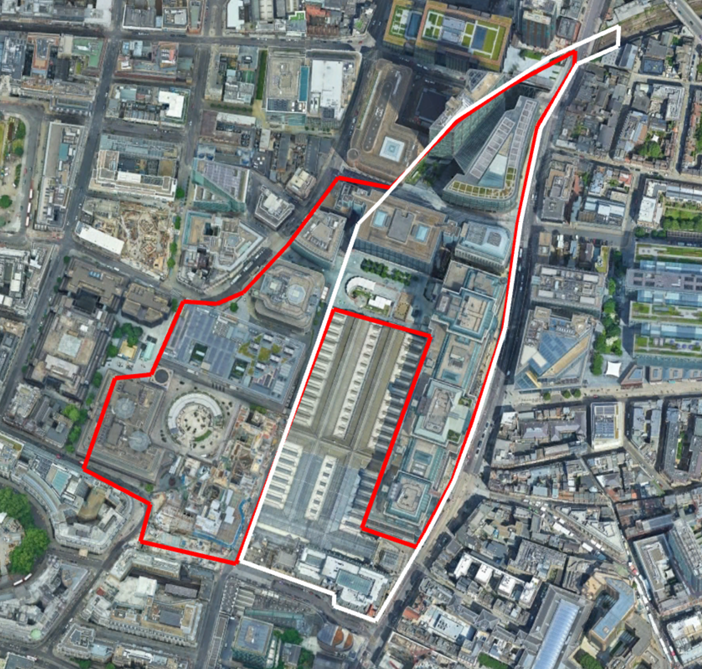
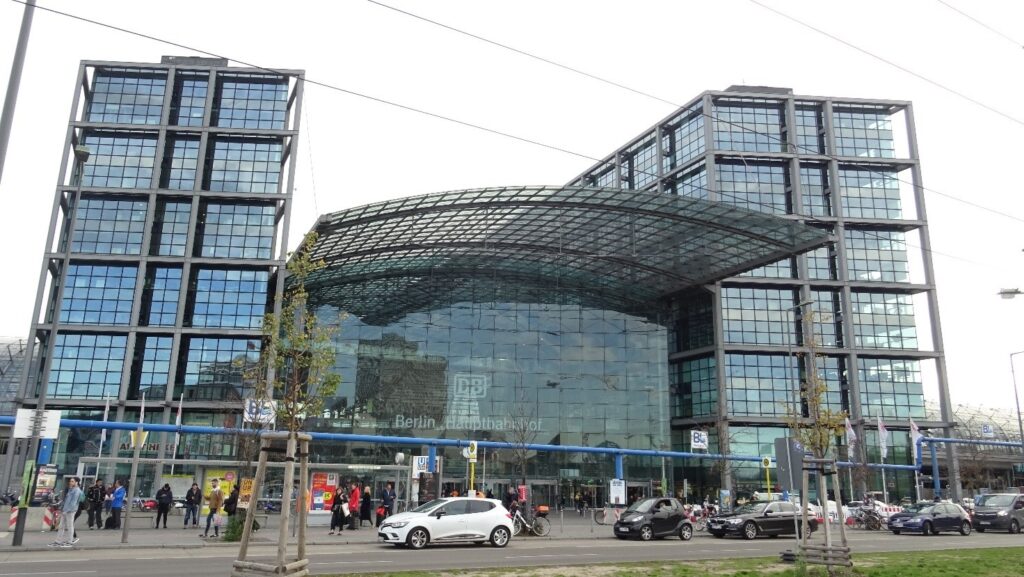
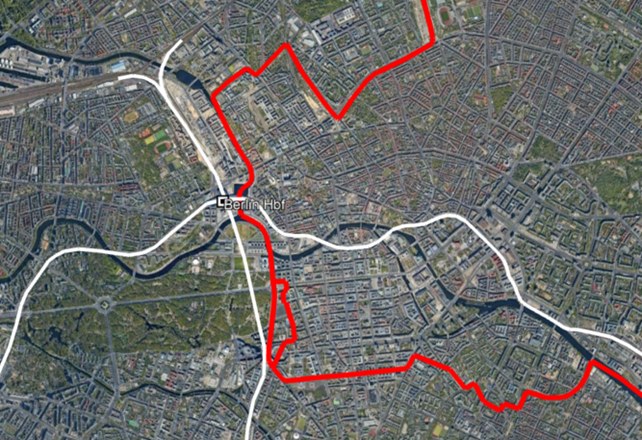
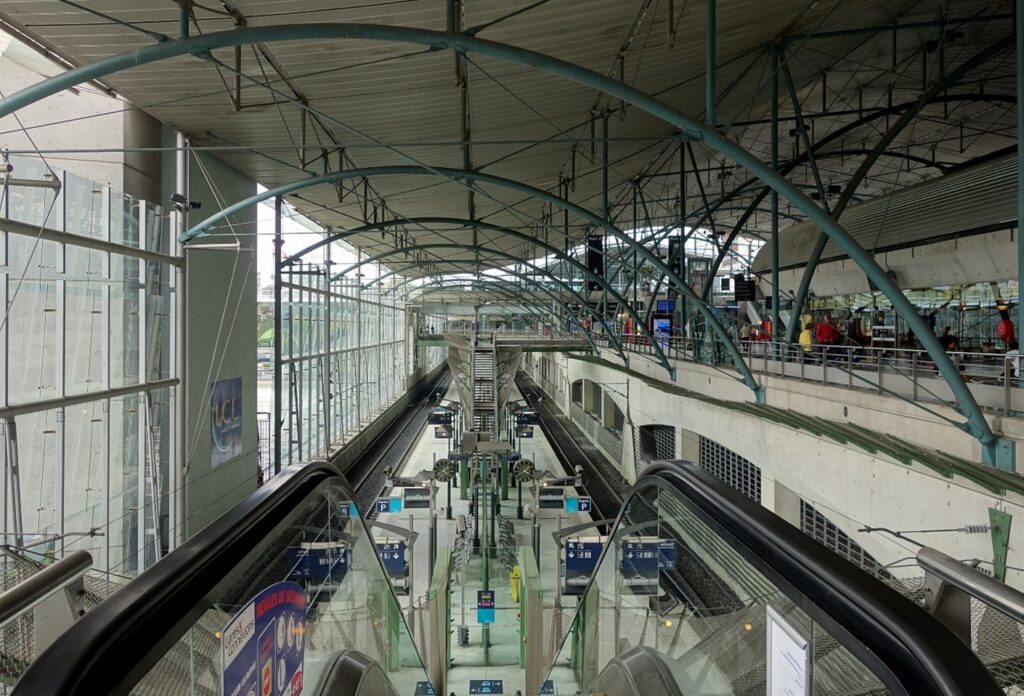
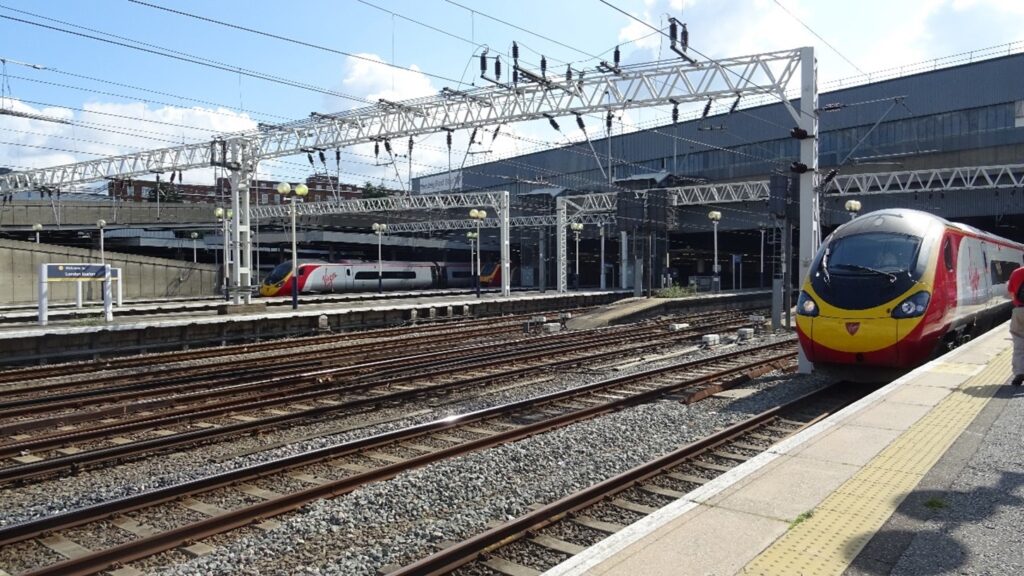
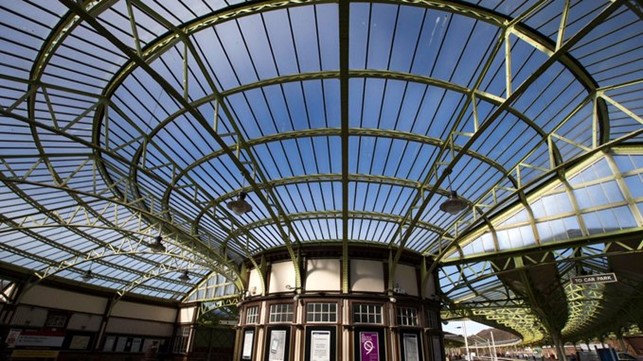
Bibliography
Alexander M., Hamilton K. (2015). A ‘placeful’ station? The community role in place making and improving hedonic value at local railway stations. Transportation Research Part A: Policy & Practice 82. Pg 65 – 77.
https://doi.org/10.1016/j.tra.2015.09.006
Bán D. (2006). La Gare de l’Est de Budapest: Histoire et usages sociaux d’un espace urbain [Budapest Keleti Station: history & social uses of an urban space]. Ethnologie Française 2006 36(2). Pg 229 – 309.
Bán D. (2007). The Railway Station in the Social Sciences. The Journal of Transport History 28(2).
BBC (2021). Coronavirus: Railway roots of Manchester’s Nightingale hospital. Accessed 10/3/2021.
https://www.bbc.com/news/av/uk-england-manchester-52323647
Bertolini L. (1996). Nodes and places: complexities of railway station redevelopment, European Planning Studies 4(3), Pg 331 – 345. DOI: 10.1080/09654319608720349
Bertolini L. and Spit T. (1998). Cities on rails: the redevelopment of railway station areas. London: Spon Press.
Bissell D. (2009). Conceptualising differently-mobile passengers: Geographies of everyday encumbrance in the railway station. Social & Cultural Geography 10(2). Pg 173 – 195.
DOI: 10.1080/14649360802652137
Cresswell, T. (2011). Place Part I, in The Wiley-Blackwell Companion to Human Geography (Agnew J. A., Duncan J. S.). Wiley.
Edwards, B. (1997). The modern station: new approaches to railway architecture. London: Spon Press.
Erdogan H. A. and Erdogan E. (2013). Reuse of Historical Train Station Buildings: Examples from the World and Turkey. Athens: ATINER’S Conference Paper Series,
No: ARC2013-0723.
Gregory I. N., Henneberg J. M. (2010). The Railways, Urbanization, and Local Demography in England and Wales, 1825-1911. Social Science History 34(2). Pg 199 – 228.
Stable URL: https://www.jstor.org/stable/40587345
Grimshaw (2015). HS2 Euston Station. Architect Magazine. Accessed 14/3/2021.
https://www.architectmagazine.com/project-gallery/hs2-euston-station_o
Lévy J (2011). Territory Part II, in The Wiley-Blackwell Companion to Human Geography (Agnew J. A., Duncan J. S.). Wiley.
Massey, D (1991). A Global Sense of Place. Marxism Today (June 1991). Accessed 9/3/2021. http://www.aughty.org/pdf/global_sense_place.pdf
Massey, D. (2005). For Space. SAGE.
Peters D. (2010). Rail City Berlin: Rail Infrastructure Development and Intermodality in the Reunified German Capital. Transportation Research Record: Journal of the Transportation Research Board (2146). Pg 60 – 68. DOI: 10.3141/2146-08.
Revill G. (2013). Points of Departure: Listening to Rhythm in the Sonoric Spaces of the Railway Station. The Sociological Review 61(1). Pg 51 – 68.
https://doi-org.ezphost.dur.ac.uk/10.1111%2F1467-954X.12053
Sutcliffe, Anthony (2006). London: An Architectural History.
Thrift, N. (2006). Space. Theory, Culture & Society 23(2-3). Pg 139 – 155.
DOI: 10.1177/0263276406063780
Thrift, N. (2009). Space: The Fundamental Stuff of Geography, in Key Concepts in Geography (Clifford N., Holloway S., Rice S. P., Valentine G.). Second Edition, SAGE, London.
Wilde Th. S. (2002). Multiple use of space in railway station areas. The Sustainable City II (Brebbia C. A., Martin-Duque J. F., Wadhwa L. C.). ISBN 1-85312-917-8.
Ye-Kyeong S., Hye-Jin J. (2015). New Spatial Possibilities of Railway Station: Everyday Heritage, Enjoyable Landscape. Procedia Engineering 18. Pg 377 – 383.
DOI: 10.1016/j.proeng.2015.08.437.
Zemp S., Stauffacher M., Lang D. J, Scholz R. W. (2011). Classifying railway stations for strategic transport and land use planning: Context matters! Journal of Transport Geography 19. Pg 670 – 679. doi:10.1016/j.jtrangeo.2010.08.008
Zerubavel E. (1982). The Standardization of Time: A Sociohistorical Perspective. American Journal of Sociology 88(1). Pg 1 – 23.
https://www.jstor.org/stable/2779401
Read some of our other blog posts
